Physiotherapy for Headaches
How can physiotherapy help my headaches?
There are many different types of headaches and many different triggers. Physiotherapy is known to be a safe and effective treatment for patients with cervicogenic headache (headache arising from disorders of the neck) and is often also effective for patients diagnosed with tension-type headache. There is also emerging evidence that certain physiotherapy treatments can be effective for patients suffering migraine.

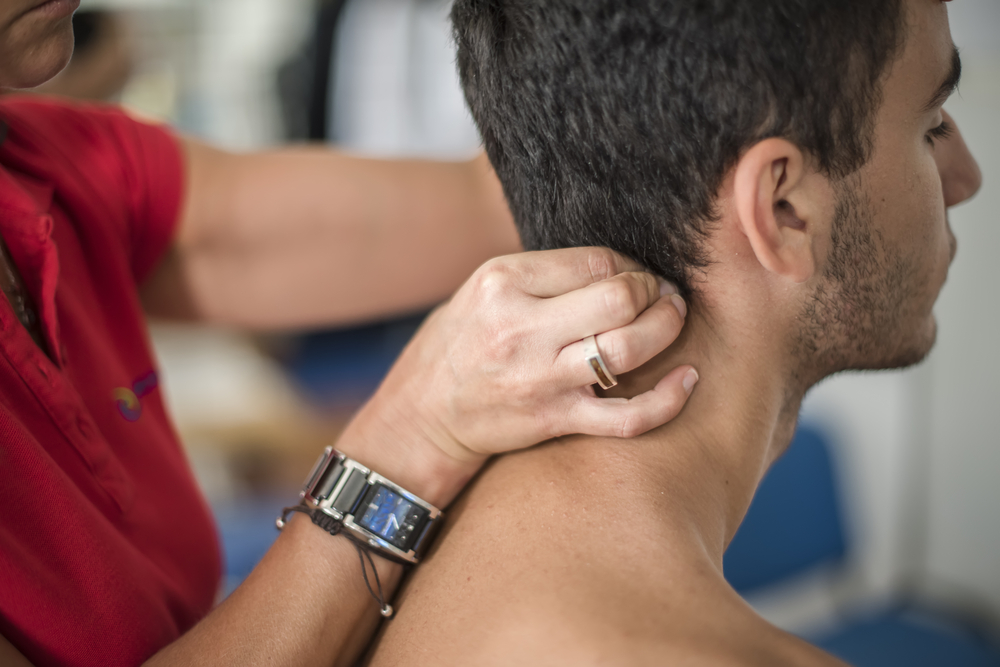
What does physiotherapy treatment for headaches involve?
The first stage of any consultation for patients suffering headaches is a detailed interview and physical assessment to rule out any causes or types of headache that may not be appropriate for physiotherapy treatment, and to establish baseline measurements to serve as a reference point to track the patient’s progress. After the assessment, treatment commences, which typically involves specific manual therapy techniques to the patient’s cervical spine. The physiotherapists at Glebe Physio have undergone specific training in treatment of headaches based on the well-established Watson Method.
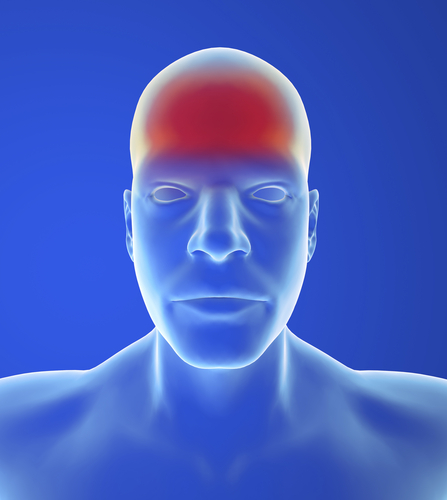
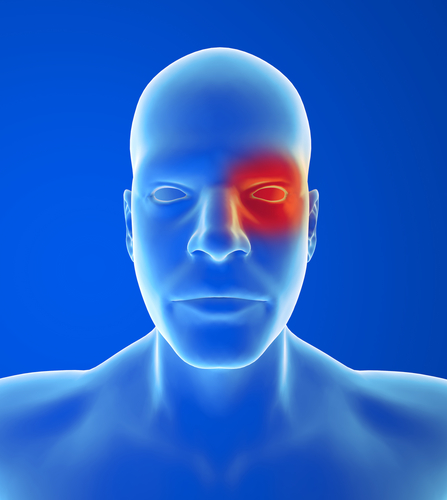
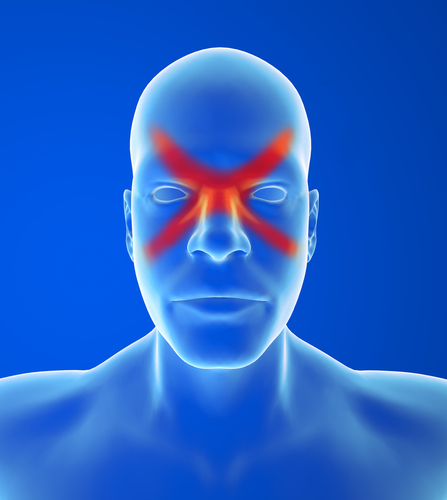
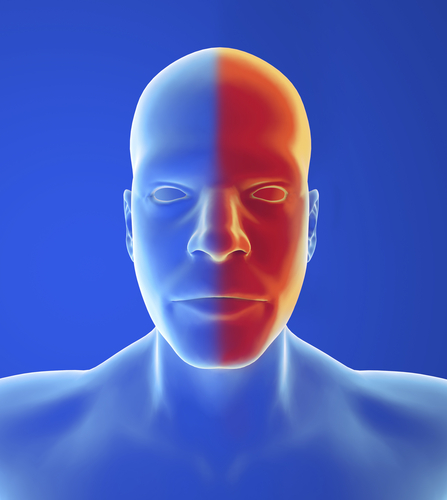
How does physiotherapy treatment work to reduce my headaches?
In order to understand this, we must understand the anatomy of the nerve supply to the upper neck and head. The nerve that supplies sensation to most of the head and face is called the trigeminal nerve. The input from this nerve is processed in the same area of our brain that processes sensory information from the upper three segments of our cervical spine. This area is called the trigeminocervical nucleus and is found in the brainstem. Often a patient with tightness or injury in the neck will experience head pain because of cross talk between the nerves that come from the neck and the nerves that come from the head. This is called referred pain and is common in many circumstances throughout the body.
In addition to this mechanism, physiotherapy treatment of the upper cervical spine often works well in headache patients that do not even have neck pain or stiffness. This is because in patients who suffer headache and migraine, the trigeminocervical nucleus becomes over-sensitive, which is often the reason why small triggers such as certain foods, alcohol or hormonal changes can be enough to tip it over the edge and cause a headache or migraine. It has been shown in physiological studies that specific manual therapy techniques of the upper cervical spine can desensitise the trigeminocervical nucleus, which is why many patients who suffer headache and migraine get good results with physiotherapy.

Here at Glebe Physio, headaches are a specialty area that we can treat effectively. If you have any further questions about how we can help with your headache, head over to our Contact Us page or book in now to make an appointment and start improving your headaches today.
Get Active!
For more, visit our Frequently Asked Questions page.
If you would like to ask a question about our services or anything else, visit our Contact Us page to get in touch.
If you are ready to make an appointment, visit our make a booking page and let us help you with your fitness or recovery.

